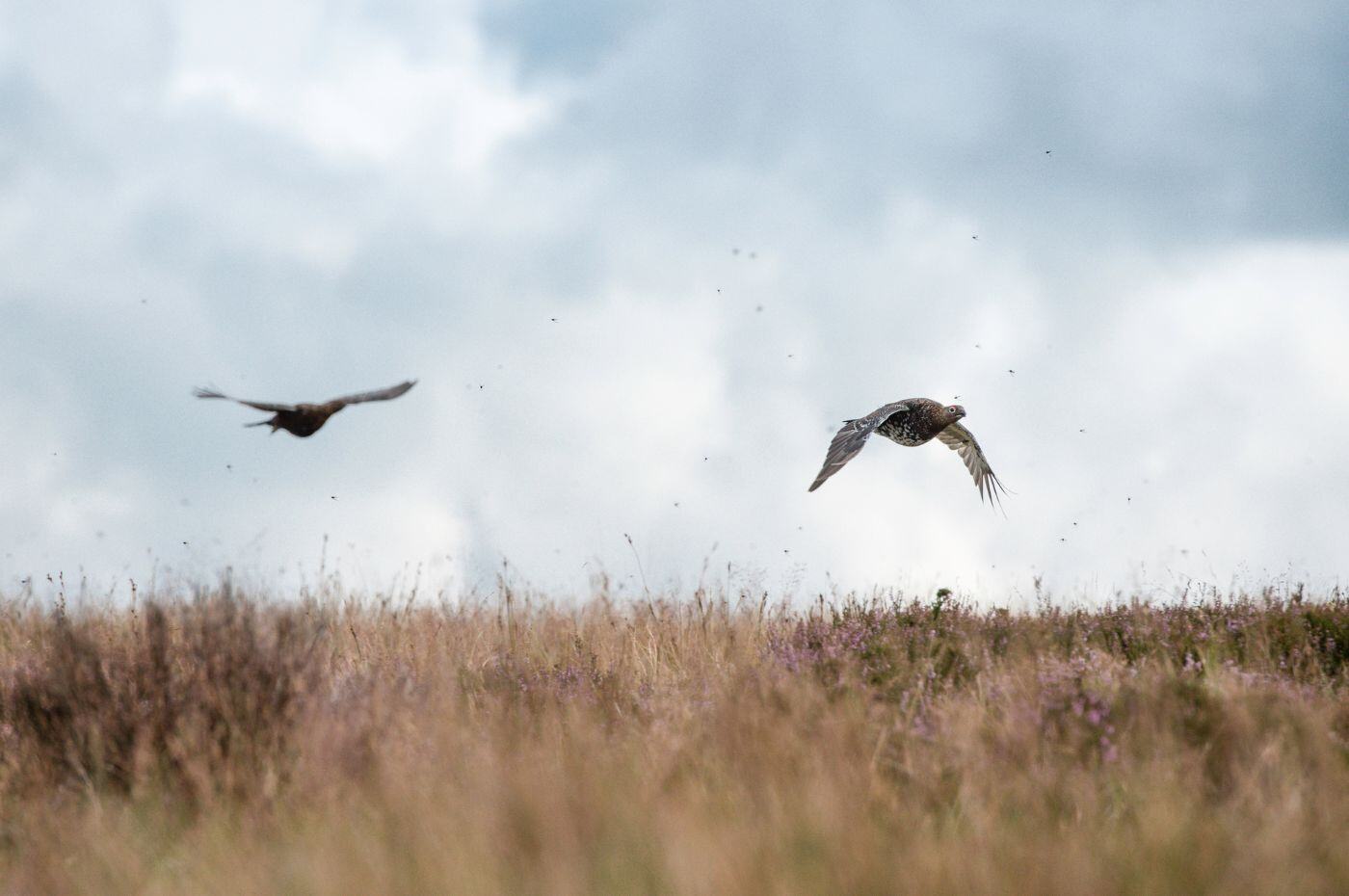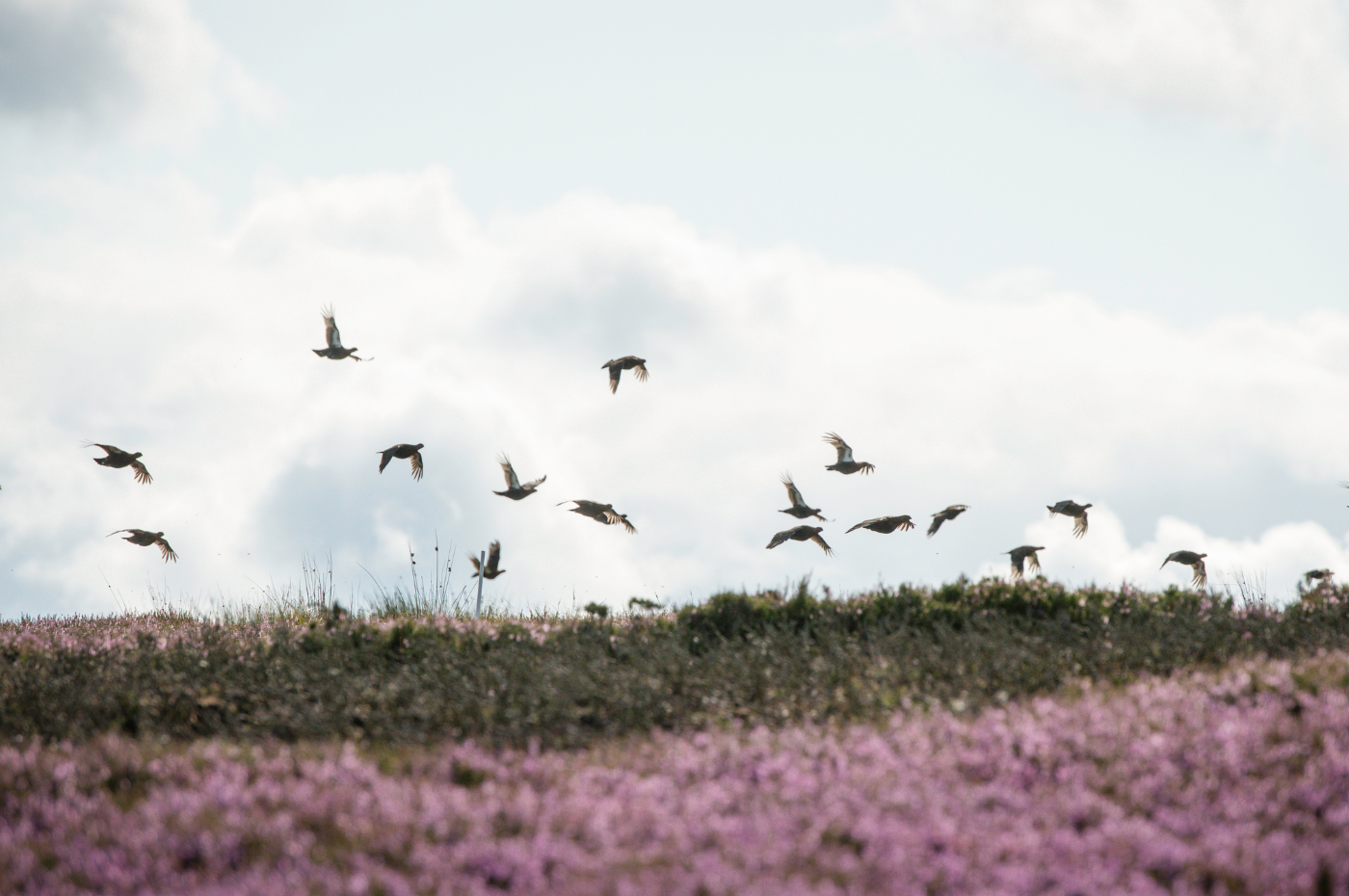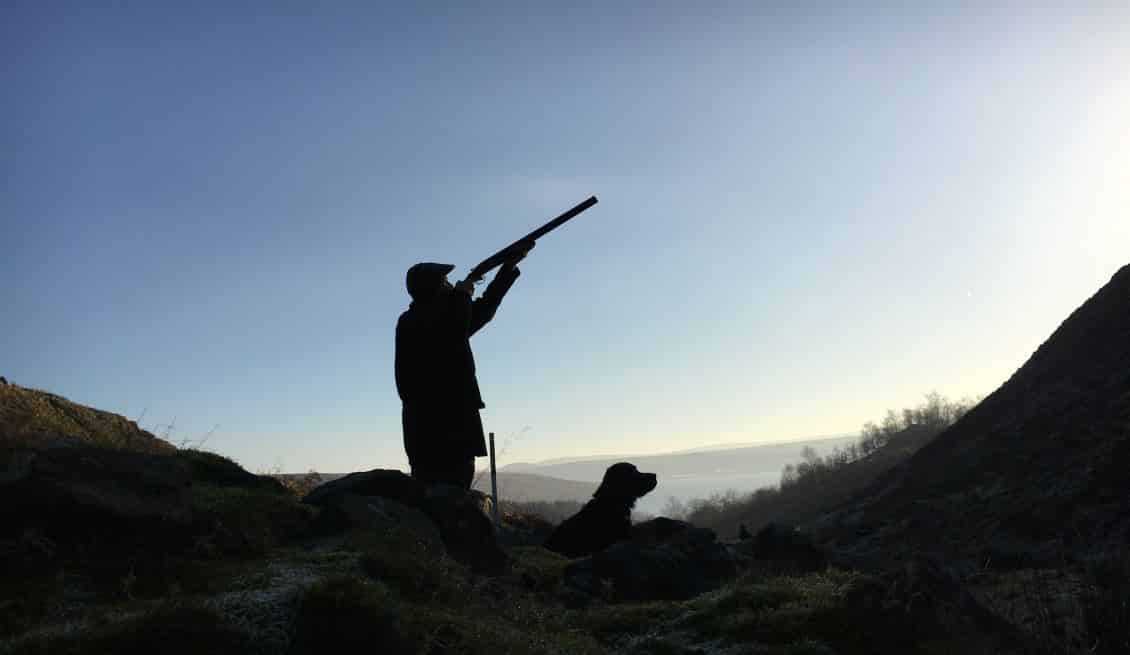Grouse shooting safe
Threats to shooting are coming thick and fast, but we are on the front foot,...
View Details
Anyone who drives through rural England should be familiar with the sight of deer grazing in fields alongside the roads upon which they’re travelling. Many who drive in crepuscular gloam, especially in the South of England, will likely have had to wait as a seemingly infinite stream of deer cross the road in file. The final and often fatal encounter that drivers may have with deer is usually accompanied by the banshee scream of rubber on tarmac, corporeal thwack of hide and flesh on metal and gander’s hiss of a punctured radiator.
Current estimates are that between 40,000 and 74,000 deer vehicle collisions occur each year on UK roads, and with the unrelenting increase in the country’s deer population, the year on year trend of collision numbers is going in one direction – up. These collisions are a very tangible impact of a deer population, which for some species in some parts of the country has become a real problem. The cost of insurance claims resulting from deer vehicle collisions is in the tens of millions of pounds each year, and with the nature of insurance, that cost is largely born by increased premiums for the nation’s car insurance policies.
One such part of the country where deer vehicle collisions are a particularly severe problem is Sussex, where fallow deer ‘superherds’ containing 1,500+ head are not uncommon. But it is not just the financial impact of bent metal that is cause for concern, deer vehicle collisions put additional strain on the NHS and ambulance services when they result in high speed crashes causing human injury and death. Alongside human health, deer welfare must be considered as these collisions sometimes merely maim and mutilate the deer and leave them to suffer. Police and volunteer humane despatch teams do sterling work to minimise deer suffering, but spiralling occurrences along with a lack of funding and inconsistent approach across constabulary boundaries have inhibited their efforts.
With these financial impacts and welfare concerns - and it is worth noting that financial impacts go far beyond vehicle collisions, agricultural and forestry damage is also in the tens of millions of pounds per annum - the importance of deer management comes to the fore. Deer stalkers, both professional and recreational, play the most important role in ensuring a sustainable and healthy population of our various deer species across our landscape. But their role isn’t a straightforward one, the market for wild venison in Britain remains tepid and public awareness for deer management remains scant – despite the best efforts of the various countryside organisations.
Some may liken this to blue sky thinking, but there is a vision of a future where healthy, tasty venison is a staple meat in the refectories of every school, on the trays in every hospital ward and on every domestic dining table. Progress is being made, but to fully actualise this, we need to encourage land managers to engage in discussion with each other on deer management strategies at a landscape scale, engender an appetite for venison amongst the British public and ensure that deer stalkers have the requisite infrastructure and incentives to carry out their work at the necessary scale. Deer are an asset to this nation, we rightly cherish them, but it our duty as stewards of the land to manage them appropriately. The organisations will keep banging their drums, but the most important thing is that everyone broaches the subject with their friends if the opportunity arises.

Threats to shooting are coming thick and fast, but we are on the front foot,...
View Details
"Moorland management has survived two world wars and commercial forestry, but...
View Details
The Prime Minister’s recent reshuffle of his government will have significant...
View Details